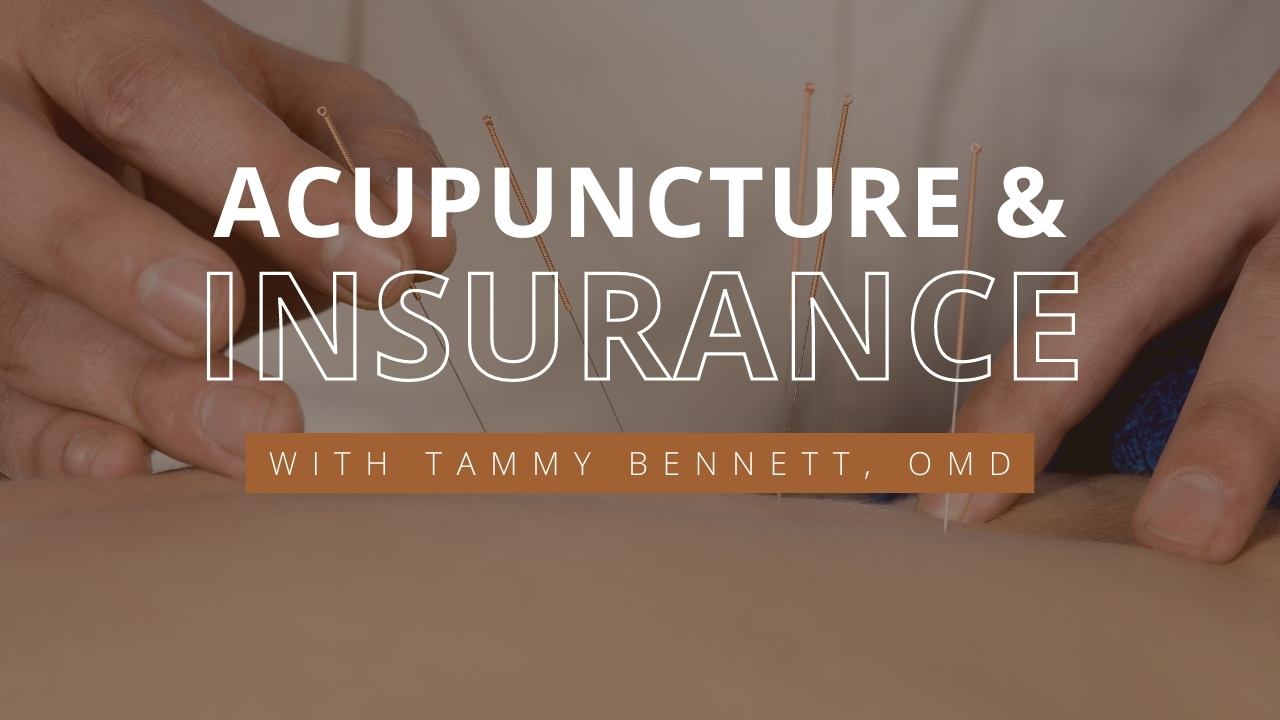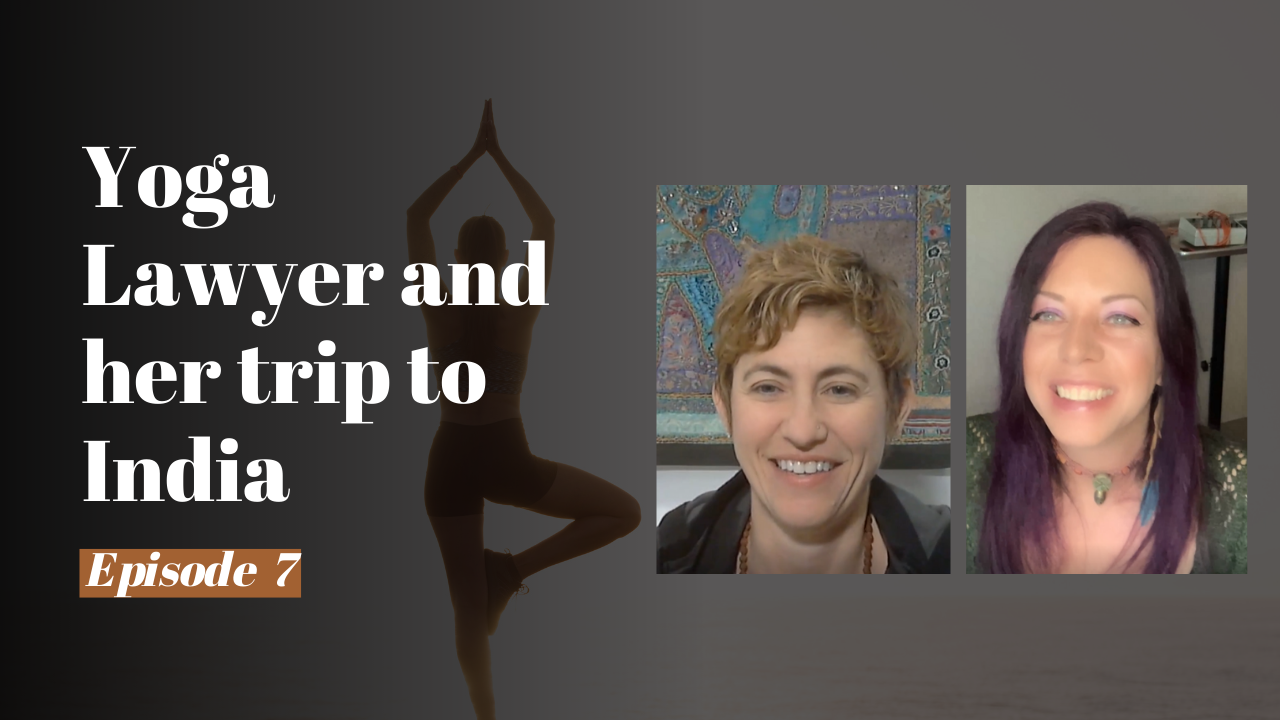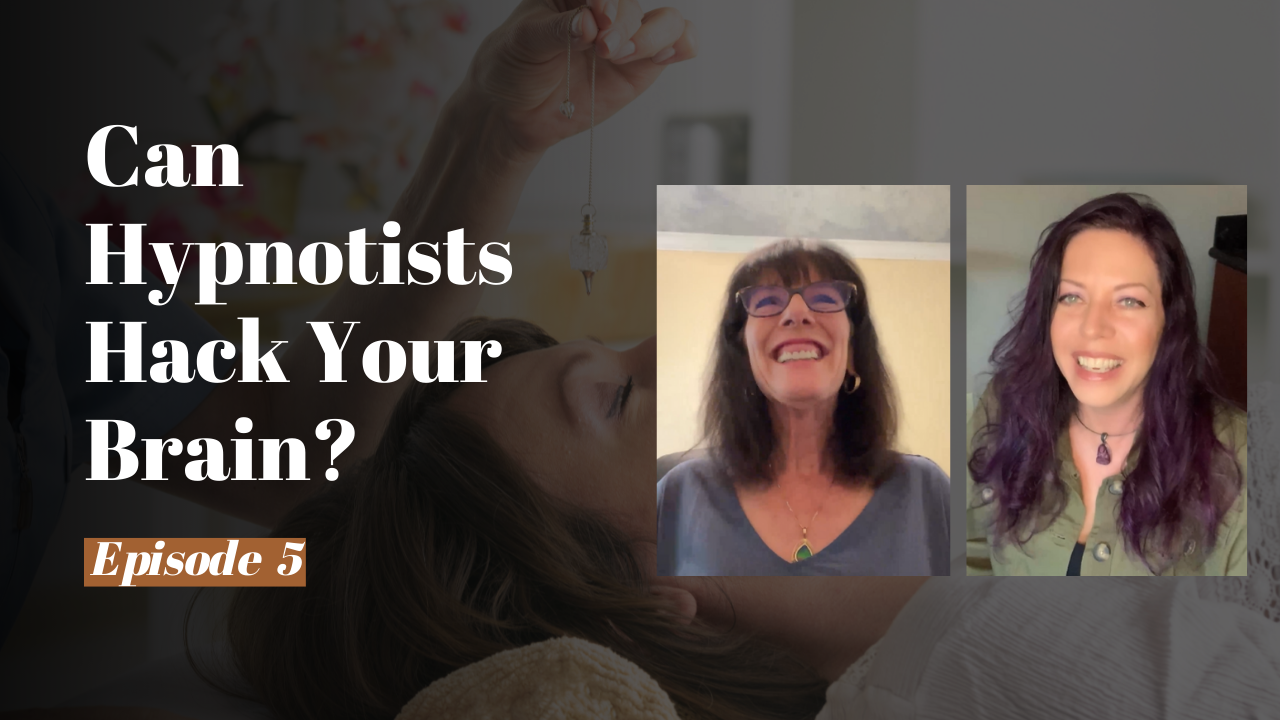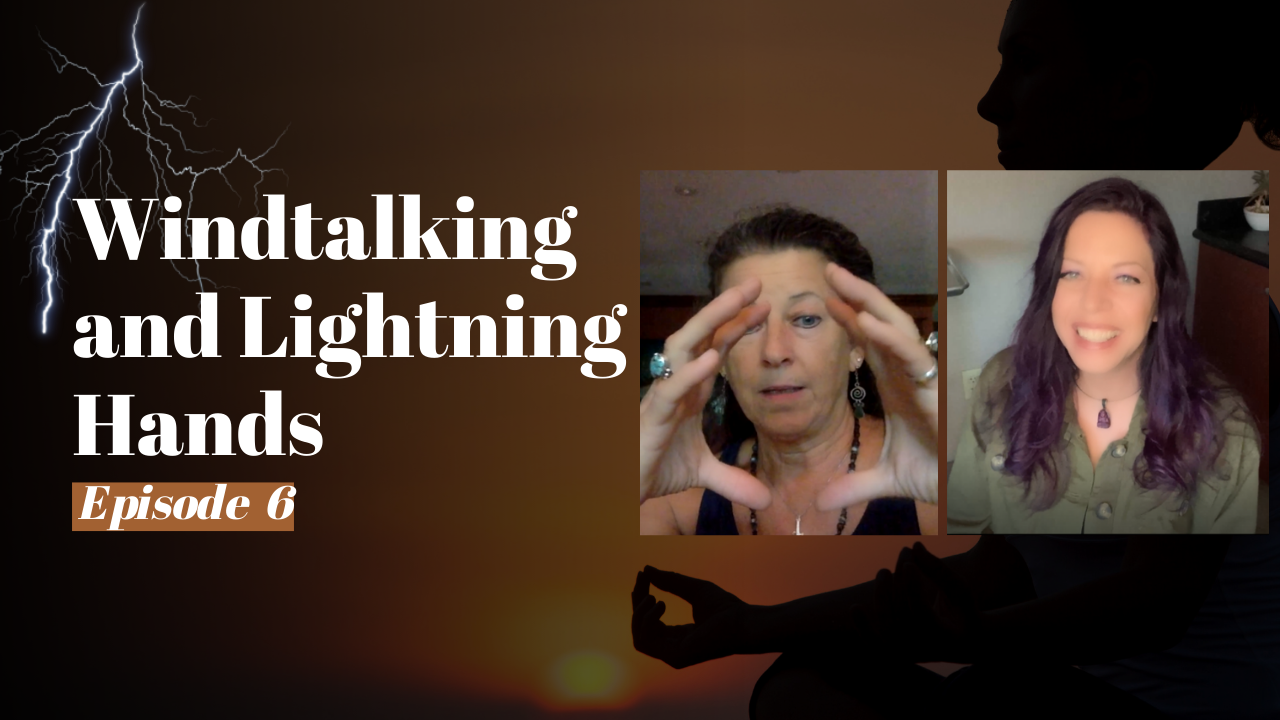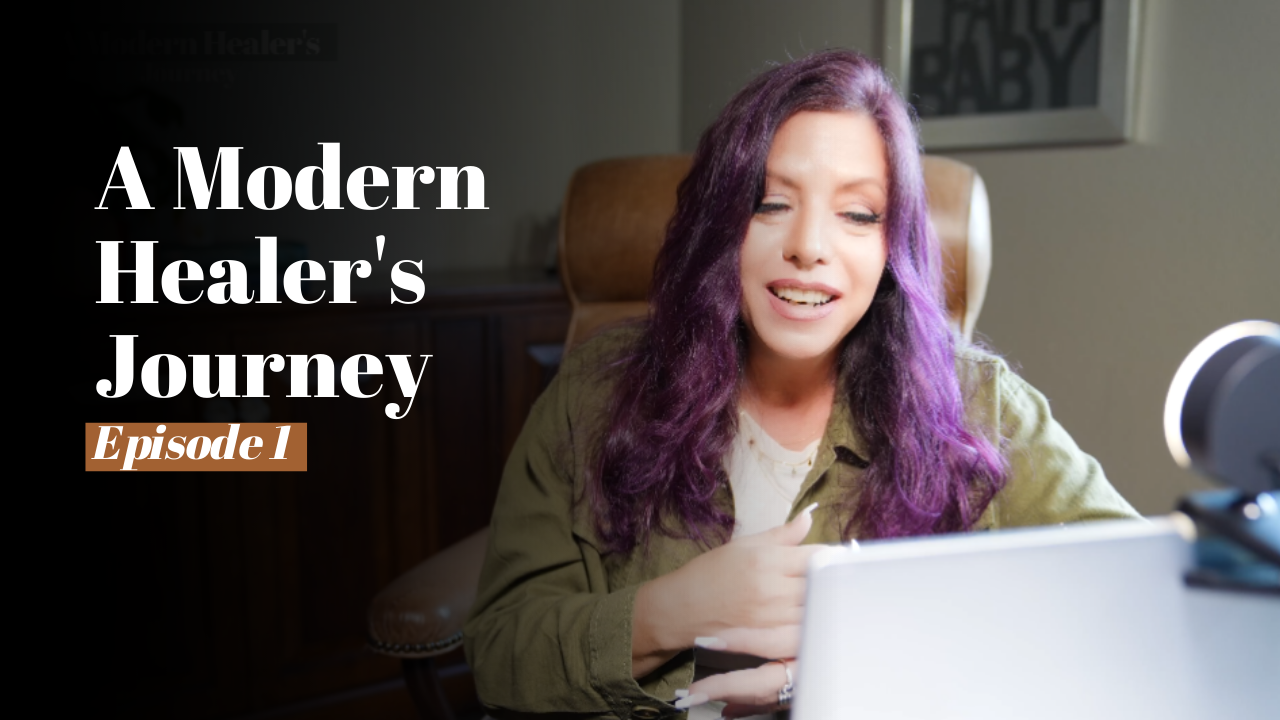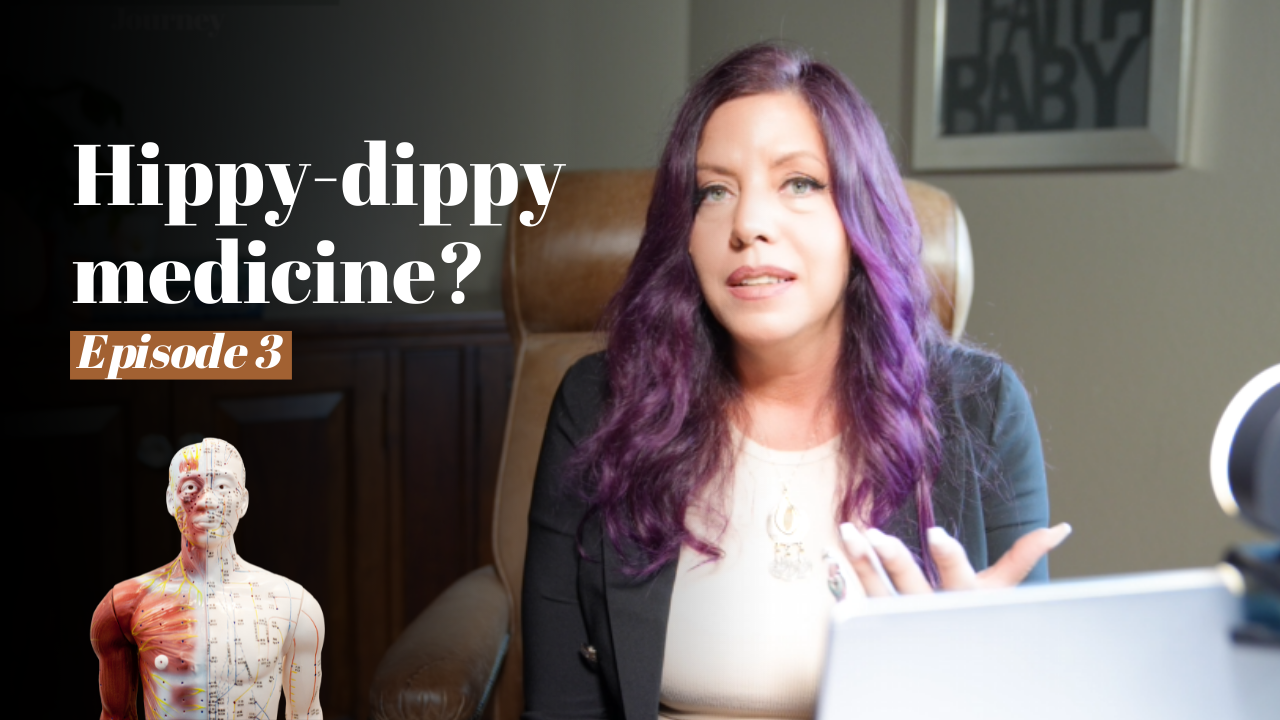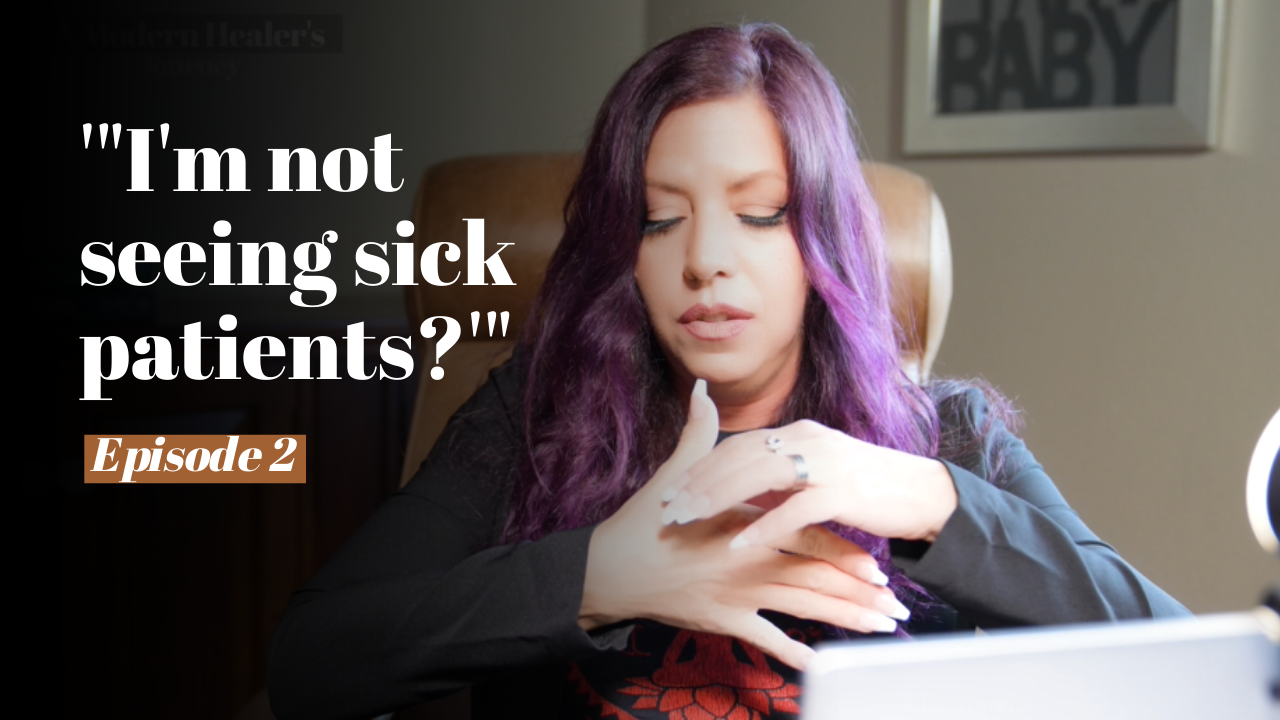How Does Acupuncture Work?
The classical Chinese explanation about Acupuncture is that channels of energy run in regular patterns through the body and over its surface. These energy channels, called meridians, are like rivers flowing through the body to irrigate and nourish the tissues. An obstruction in the movement of these energy rivers is like a dam that backs up the flow in one part of the body and restricts it in others. The modern scientific explanation is that needling the acupuncture points stimulates the nervous system to release chemicals in the muscles, spinal cord, and brain. These chemicals will either change the experience of pain, or they will trigger the release of other chemicals and hormones which influence the body’s own internal regulating system. Some of those chemicals are called Endorphins, Enkepahlins, Corticosteroids. There are also a number of neurotransmitters that get stimulated during Acupuncture therapy called GABA and Serotonin.
The improved energy and biochemical balance produced by acupuncture results in stimulating the body’s natural healing abilities, and in promoting physical and emotional well-being. This is why people will get results rather rapidly during their initial few treatments.
Does insurance cover it?
There are a large number of insurance plans available in the U.S. Each plan language is different, so it is hard to say which plans cover and which do not until you contact your individual plan provider. Many insurances offer online services to determine the benefit. Currently in the State of Florida I am in network with Cigna, Aetna, United Healthcare and the Orlando Veterans Community Care program. Medicare also offers some Acupuncture benefits, but certain plans under Medicare will pay for this service including Humana Gold and Tivity Whole Health Network.
What Can I use Acupuncture for?
A myriad of conditions is treated using acupuncture. For example, digestive issues, all types of musculoskeletal conditions and pain, fertility and gynecological complaints, weight loss, anxiety and stress relief, auto immune conditions, behavioral issues and many more. It’s common for a client to come into the office with multiple conditions that can be treated simultaneously. You can see some examples below.
Patient examples
I remember my first client in private practice back in 1998. She came into my office with a chief complaint of low back pain from an old car accident. The pain was worse with sitting for long periods of time and It would flare up after she did excessive yard work. In addition to the back pain she had insomnia from menopause and was tossing and turning all night long with hot flashes and cold chills. I used a combination of Acupuncture points for menopausal complaints and auricular (ear) acu points along with some Chinese Medical Massage and Chinese Herbal remedies and after a month, she was feeling much better. She told a bunch of her colleagues at work and I began a thriving practice after her word of mouth referrals.
One of my most challenging clients was an elderly gentleman in his 80’s. He had severe scoliosis of the middle spine which caused him shortness of breath and he also complained of loss of urinary control and previous history of kidney cancer whereby his kidney was removed. Since scoliosis is a lifelong challenge if not corrected by surgery, it is a chronic condition and usually requires long term treatment helping the muscles adjust to the way the skeleton is pulling it into another direction. I used Traditional Chinese Acupuncture technique along his spine combined with Guasha and Cupping which are Chinese Medical massage techniques to get his muscles to loosen up and allow him to walk straighter. The loss of urinary control was an issue related to his kidney energy (qi) and since he had his kidney removed from cancer the energy of the kidneys was very low. I used Chinese Herbal Medicine to help build his kidney energy and Japanese style Acupuncture to help regulate urine function and gave him some lifestyle modification techniques like Tai Chi every morning and eating specific foods at certain times of the day to improve this situation. Although it took a long time to treat (nearly a year) he was able to sleep all night without getting out of bed to urinate and was able to reduce the use of his cane except for uneven surfaces and he was able to stay active with his children, grand-children and great-grandchildren. That’s not to say it took a year to see relief, but there was progressive relief for him over the year long period.

